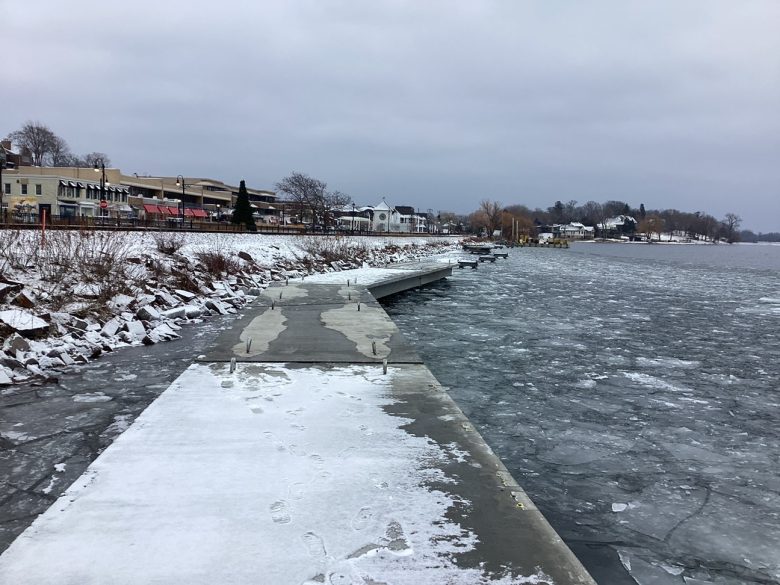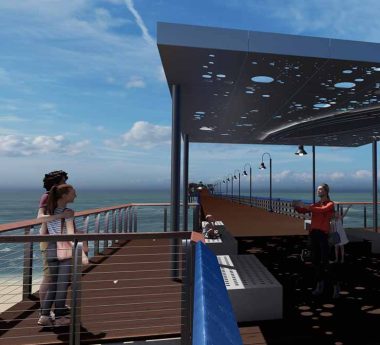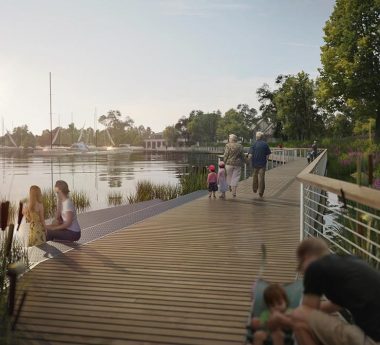
Civitas is headquartered in the heart of Colorado, yet our experience extends across the United States and globally. The scope of our projects, therefore, encompasses many diverse climates and ensures we can address many conditions of resilient design.
When we contemplate resilience, our minds often turn to issues like sea level rise and heat islands, and to natural disasters like hurricanes, wildfires, tornadoes, and earthquakes. However, one often underestimated force is the power of ice and its impact on infrastructure. In 2015, Civitas began work with the City of Wayzata, Minnesota, on the Panoway on Wayzata Bay project, a remarkable multi-phase endeavor to revitalize a downtown district by strengthening connections between the city and its Lake Minnetonka shoreline. The need for multiple phases doesn’t merely arise from the project’s complexity, but also from the lake’s annual freeze, presenting an ongoing design and construction challenge.
Currently immersed in the project’s second phase, Civitas focuses predominantly on the lake and its boardwalk, skillfully constructed along the shoreline. This phase also includes replacing the existing stationary docks with floating docks, a crucial upgrade prompted by the harsh conditions that have rendered the current ones unsafe. The floating docks, adaptable to the lake’s freezing and thawing, will enhance safety, accessibility, and overall amenity for the community – addressing immediate concerns and ensuring long-term benefits for the city.

The dock construction commenced in August, setting the stage for a race against the impending ice. When the lake freezes in November, the specialized contractors, equipped to tackle extreme conditions, continue to assemble the structures through the ice, ensuring they rest atop the water as intended when the ice melts – typically by April. Dock bubblers are also installed, which aerate the water and cause warm water to rise, preventing ice from building up and damaging the docks. On the boardwalk, reinforced steel cone-shaped structural elements have also been added to the structural piers to break up the ice as it flows north during the spring thawing process. This construction method exemplifies Civitas’ commitment to innovation and adaptability, and showcases our ability to work harmoniously with the landscape under any condition.
Intriguingly, this project reflects a unique challenge, akin to the distinctive nature of Michigan. The community’s reliance on the frozen lake extends beyond safety concerns. For instance, the Chamber of Commerce hosts events on the lake even when it’s covered by more than a foot of ice, adding an extra layer of complexity to the project timeline. So our goal has been to design a system that protects the piers and the shoreline but doesn’t destabilize the ice itself, ensuring its usability. The project unfolds as a testament to Civitas’ ability to navigate challenges with creativity and dedication, creating a narrative as captivating as the frozen landscapes themselves.


